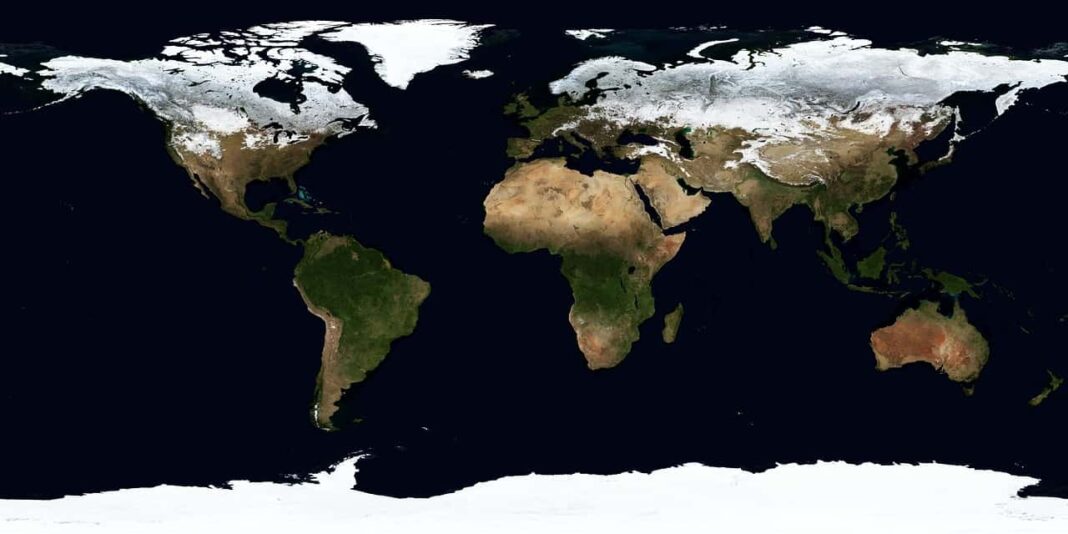Geography is a multifaceted discipline that delves into the study of the Earth and its various physical and human phenomena. It serves as a bridge between the natural and social sciences, providing insights into the complex interplay between the environment and human societies. The scope of geography encompasses a wide array of subfields, each with its unique focus and methodologies. This article aims to explore the different types and scopes of geography, shedding light on the diverse perspectives and approaches within this captivating discipline.
Table of contents
- Introduction to Geography
- Physical Geography
- Human Geography
- Geographical Techniques and Tools
- Regional Geography
- Environmental Geography
- Urban Geography
- Economic Geography
- Political Geography
- Cultural Geography
- Geographical Information Systems (GIS)
- Future Directions and Interdisciplinary Approaches in Geography
- Bibliography
Introduction to Geography
Geography is derived from the Greek words “geo” (Earth) and “graphein” (to write), signifying the study of the Earth’s physical features, climate patterns, and human societies. It examines the spatial distribution of phenomena, their interrelationships, and the processes that shape the Earth’s surface.
Physical Geography
Physical geography focuses on the study of natural features and processes of the Earth. It encompasses the examination of landforms, climate systems, ecosystems, biogeography, hydrology, and natural hazards. Physical geographers employ various tools and techniques such as remote sensing, GIS, and cartography to analyze and interpret spatial data.
Human Geography
Human geography explores the spatial aspects of human activities, societies, and cultures. It investigates topics such as population distribution, migration patterns, urbanization, economic activities, social dynamics, and political systems. Human geographers employ qualitative and quantitative research methods to understand the relationships between people and their environments.
Geographical Techniques and Tools
Geography relies on a range of techniques and tools to collect, analyze, and interpret spatial data. These include remote sensing, Geographic Information Systems (GIS), Global Positioning Systems (GPS), aerial photography, satellite imagery, and cartography. These technologies enable geographers to map and model the Earth’s features and processes effectively.
Regional Geography
Regional geography examines the characteristics and spatial patterns of specific regions. It investigates the physical, cultural, economic, and political attributes of a particular area, considering its unique identity and interconnections with neighboring regions. Regional geography provides a holistic understanding of the diverse landscapes and societies around the world.
Environmental Geography
Environmental geography studies the interactions between humans and their natural surroundings. It explores environmental issues such as climate change, biodiversity loss, land degradation, pollution, and resource management. Environmental geographers strive to develop sustainable practices and solutions to address these challenges.
Urban Geography
Urban geography focuses on the spatial aspects of cities and urban areas. It investigates urbanization processes, urban land use patterns, infrastructure development, socio-economic disparities, and the impacts of urbanization on the environment and society. Urban geographers examine the complexities of urban systems to enhance urban planning and policy-making.
Economic Geography
Economic geography analyzes the spatial distribution of economic activities, including industries, trade networks, transportation systems, and regional development. It investigates factors influencing economic growth, such as resources, infrastructure, markets, and globalization. Economic geographers contribute to understanding economic disparities and formulating strategies for sustainable development.
Political Geography
Political geography examines the relationship between politics and geography. It analyzes the spatial dimensions of power, borders, geopolitics, territoriality, and international relations. Political geographers investigate how political processes shape the distribution of resources, conflicts, and the emergence of political boundaries.
Cultural Geography
Cultural geography explores the interconnections between culture and space. It investigates the spatial distribution of languages, religions, beliefs, traditions, and identities. Cultural geographers study how cultural practices shape landscapes, urban forms, and social interactions, fostering a deeper understanding of cultural diversity and heritage.
Geographical Information Systems (GIS)
Geographical Information Systems (GIS) are powerful tools used in geography to capture, store, analyze, and visualize spatial data. GIS integrates various data layers, enabling geographers to examine relationships, detect patterns, and make informed decisions. GIS finds applications in numerous fields, including urban planning, environmental management, and disaster response.
Future Directions and Interdisciplinary Approaches in Geography
Geography continues to evolve, embracing interdisciplinary approaches and new technologies. Emerging fields such as geospatial analysis, geoinformatics, and digital geography are expanding the frontiers of the discipline. The integration of geospatial data with other disciplines, such as climatology, sociology, and economics, allows for a more comprehensive understanding of complex spatial relationships.
Bibliography
- de Blij, H. J., Muller, P. O., Nijman, J., & Crang, M. (2017). Geography: Realms, Regions, and Concepts. Wiley.
- Johnston, R. J., Gregory, D., Pratt, G., & Watts, M. (2019). The Dictionary of Human Geography. Wiley-Blackwell.
- Longley, P. A., Goodchild, M. F., Maguire, D. J., & Rhind, D. W. (Eds.). (2015). Geographic Information Systems and Science. Wiley.
- Warf, B. (Ed.). (2017). The SAGE Handbook of Human Geography. SAGE Publications.
- Note: The bibliography provided here is a sample, and additional sources may be included based on individual research needs and preferences.



 For all latest articles, follow on Google News
For all latest articles, follow on Google News